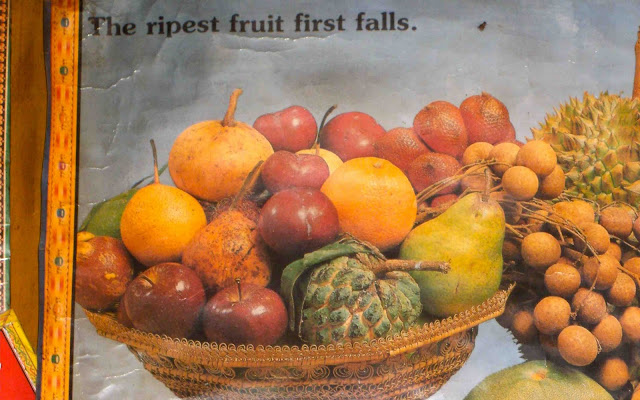I sometimes spend many hours reflecting on my life choices. Were they right? Were they wrong? Why did I make them? What have I learned and how have I grown? Am I becoming the person I want to become? Sometimes I like the answers I come up with, sometimes less so. These days, the second degree that I am perusing is often the topic of all of this reflection. Because it would seem that I have taken a liking to expressing myself by blog, you now get to be privy to my inner most self-reflections on such topics.
What inspired me to pursue a Masters? Well, if I’m honest with myself, it wasn’t the most carefully planned choice I’ve ever made. What I knew going in were 4 things:
- I love school and I love learning
- I have a chance to participate in a great, interdisciplinary project, which represents many of my interests all rolled into one
- I have a time to kill until Warren is done his apprenticeship and we can travel together
- I don’t think anyone has ever become less employable with more education
And so it began the most challenging experience of my life. I was so unaware of what lay ahead; some things very good, others not so much. But as I sit here and reflect on the last year, I realize that I have really learned a great number of lessons, most of which I never anticipated. Allow me to share:
1: I am a social person. This is not a great revelation, but what WAS surprising to me the level of challenge I face when I cannot learn by talking with others. When learning consists of reading an endless stream of scientific articles, not balanced by a lot of discussion of what I’ve learned, I simply don’t thrive. A personal weakness? Perhaps.
2: Whom I work with and for are quite possibly more instrumental in determining my happiness at work than is the nature of the work I am doing.
3: I really enjoy teaching and I am not terrible at it. The resources at the Teaching Support Center have been a GREAT way to explore and improve my teaching strategies.
4: I have the ability and the independence to take on brand new challenges, which I know little about. What’s more, I know that if I apply myself, I can complete these challenges with success.
5: My enthusiasm may be less infinite than I once imagined. This revelation was a crushing blow to me, as it had never before occurred to me that the natural enthusiasm that I was lucky enough to inherit from my parents would never be something that I would have to work at maintaining. But, I know that attitude is a choice and I hope I can always choose to be positive.
6: Passion and excitement for something are not exactly synonyms.
7: “The ripest fruit first falls”. Vincent once told me a fable that is often told to Kenyan children. It goes like this: Once upon a time, a hare and a hyena were walking through the savannah. They came to a fruit tree, but they noticed that the fruits were over their heads and out of their reach. The hyena said to the hare, “come, let us go. This fruit here is not yet ripe.” When I heard this, I heard “do not reach for anything that does not come easily to you.” (I was slightly appalled, as I grew up with the childhood slogan, “reach for the stars”). However, when I recently saw the poster above in a 3-table restaurant in Karagite, my view started to shift. Maybe there is value in understanding that the ripest, most delicious fruit is that which has already fallen into your life. I have much to be thankful for.
8: Balance in my life is more important than I ever used to believe. I am slightly embarrassed to admit that I can’t wait for the time when I have a 9-5 job and I can use my week nights and weekends to take up new hobbies, attend hot yoga, visit my extended family, go canoeing and camping with Warren and Piper and finish the oil painting that I started a year ago. Just for a small while, I am ready to use my free time for self-indulgent activities.
9: I need to strengthen my sense of self. Historically, I have been to quick to let other people’s feedback determine how I see myself. I’ve learned that I need to know who I am from the inside out and not from the outside in. (This might sound easy, but I assure you it’s not!)
OK. I think that’s enough deep thinking for one night. Thanks for listening!

















